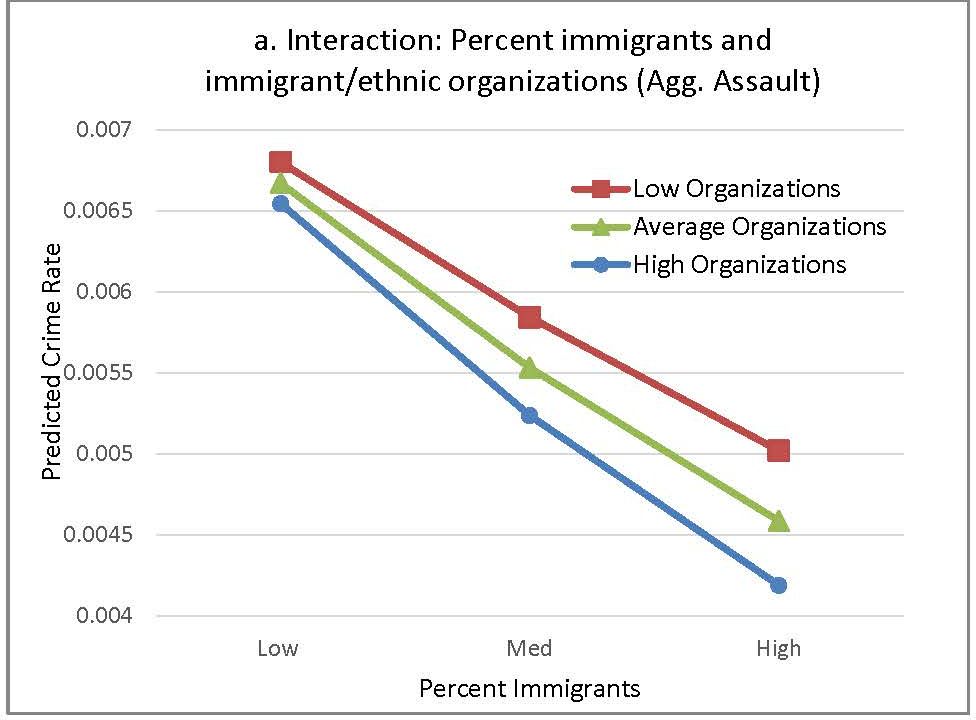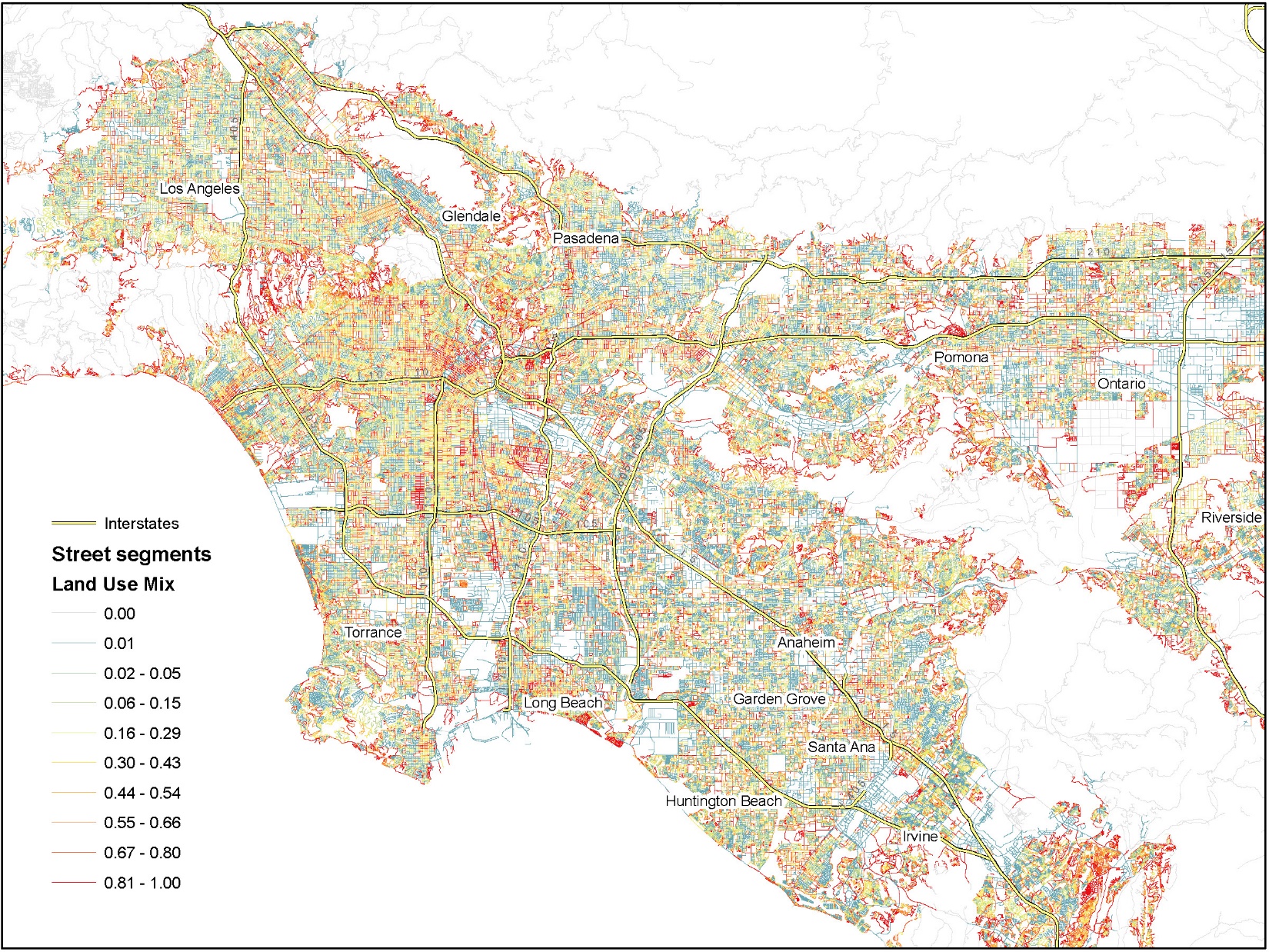While the net change in demographics of a neighborhood likely impacts how levels of crime change, this study explores whether it matters who leaves a neighborhood, and who is entering the neighborhood–that is, the flows of people in or out of a neighborhood. Using a novel demographic accounting technique that allows computing who is leaving or entering a neighborhood based on race/ethnicity, age, or length of residence, the study finds that there are some somewhat surprising results indicating which neighborhoods are more likely to experience crime increases. For example, neighborhoods in which young adults (aged 15 to 29) are relatively trapped experience larger crime increases, while the stability of middle-aged residents is beneficial for neighborhoods. The results are found using data on neighborhoods in Southern California across two decades (2000-10 and 2010-17).
You can access the article by lab alumnus Dr. John R. Hipp and lab alum Alyssa Chamberlain in the journal Journal of Research in Crime & Delinquency entitled, “Who Leaves and Who Enters? Flow Measures of Neighborhood Change and Consequences for Neighborhood Crime.””.
[Read more…] about Lab publication on who leaves and who enters: consequences for neighborhood crime

